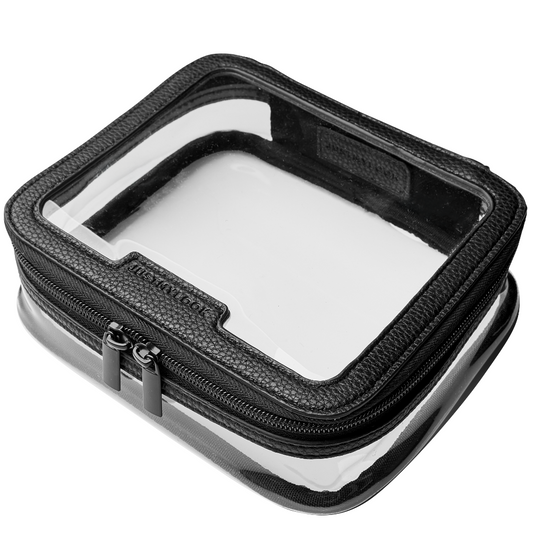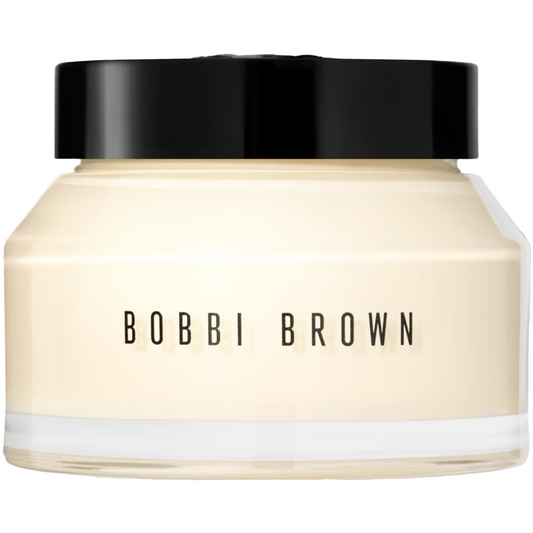Glycolic Acid
Glycolic acid is part of the Alpha Hydroxy Acid family (AHA) and helps penetrate the outer layers of skin to increase cell turnover; meaning it's a great exfoliator and alternative to traditional exfoliators, which can leave little scratches on the skin's barrier. Adding this into your routine will help reduce skin bumps, scars and hyperpigmentation, whilst also making skin appear more radiant. In recent years many people have used Glycolic acid on their underarms, as with continued use it can reduce dark underarms and also B.O.
Skin Types/Concerns: Dry, textured, acne and scarred
Lactic Acid
If you've used Glycolic acid in the past and it has been too harsh for your skin, or are new to acids, then Lactic acid might be the one for you. It works in the same way as Glycolic acid by increasing cell turnover, but it is much gentler. A surprising use for Lactic acid is the body it helps to reduce Keratosis Pilaris (those pesky skin bumps) and even skin tone.
Skin Types/Concerns: Sensitive, dry, textured, acne and scarring
Salicylic Acid
Part of the Beta Hydroxy Acid family (BHA), it's a lipid-soluble so it can penetrate deep into the pores and help to remove build-up of dirt and sebum. This makes it great for fighting blackheads, breakouts and reducing the appearance of pores.
Skin Types/Concerns: Oily, breakout prone and large visible pores
Mandelic Acid
We're back to the AHAs with Madelic Acid; This acid is an extract of bitter almonds and is another product that works well to exfoliate. This all-rounder also helps to regulate sebum production, and like Lactic acid, it works well for sensitive skin as it's more slow working than similar acids.
Skin Types/Concerns: Sensitive, oily, textured and scarring
L-Ascorbic Acid
Think of L-Ascorbic acid as Vitamin C's bigger and badder older brother. It's basically the pure form of Vit C and as such its effects are a lot more potent. It's definitely one to avoid, or slowly build up to if you have sensitive skin, and in most cases using Vitamin C products will suffice.
Skin Types/Concerns: Pigmentation, scarring and dullness
Hyaluronic Acid
This is an easy way to introduce an acid into your routine, and you're probably already using it without realising as it's in a lot of moisturisers and serums. It works to pull moisture from the air and into the skin, it also binds up to 1000 times its weight in water. All this means skin will feel plumper, look more hydrated and absorb your layered products more easily.
Skin Types/Concerns: All skin types, especially dry or dehydrated
Azelaic Acid
If you suffer from dark spots, pigmentation and even melasma then Azelaic acid can help. But how? It inhibits the enzyme tyrosinase, which is involved in melanin production and by doing so it decreases pigment creation and discolouration disappears over time
Skin Types/Concerns: Pigmentation, discolouration and rosacea


















